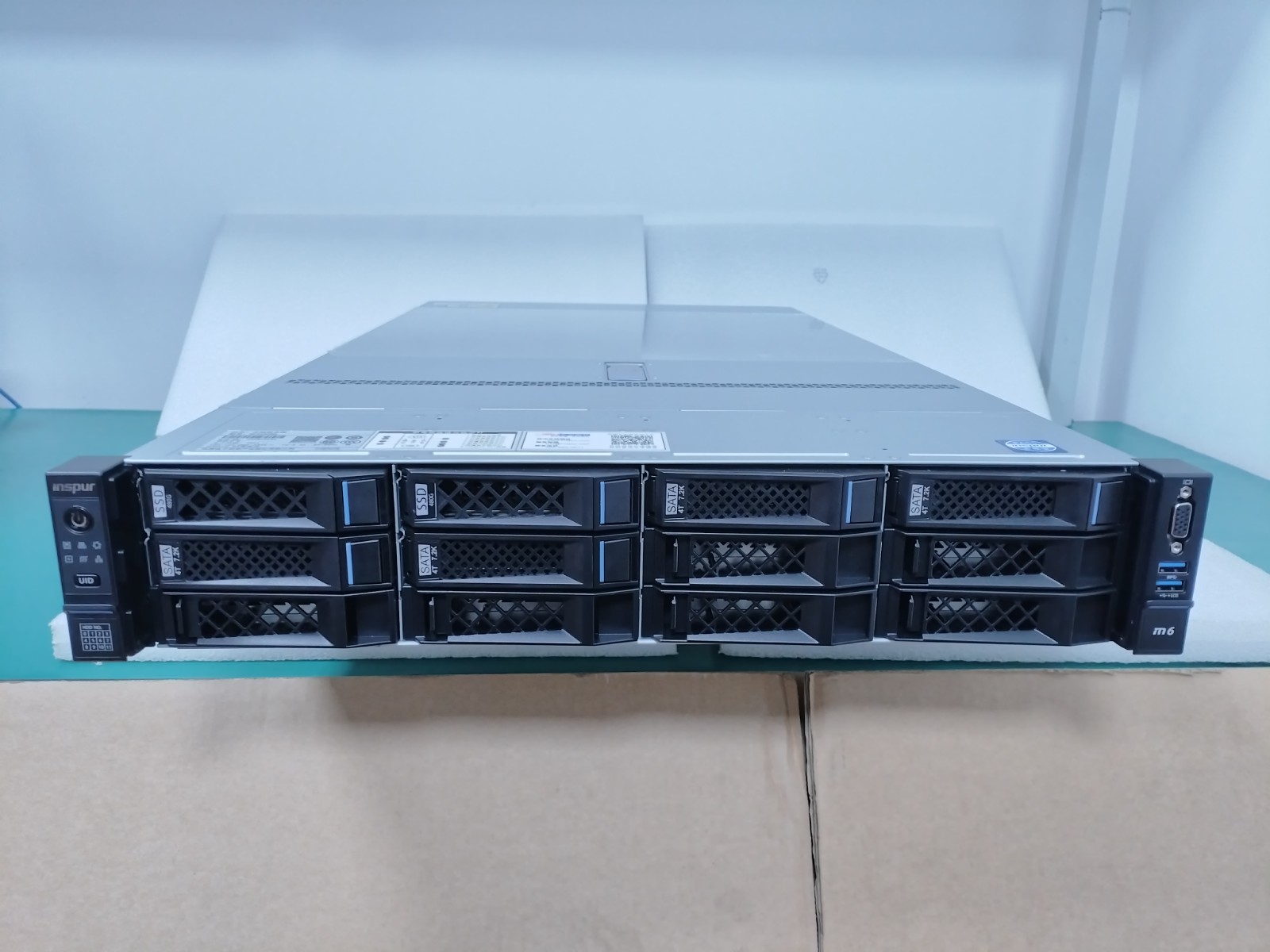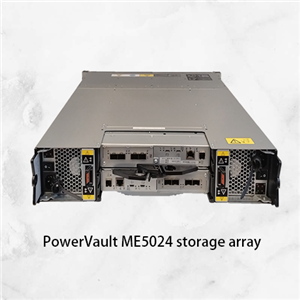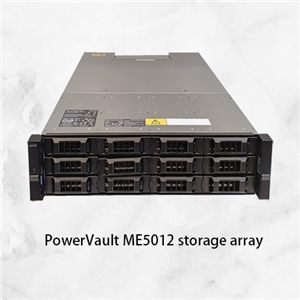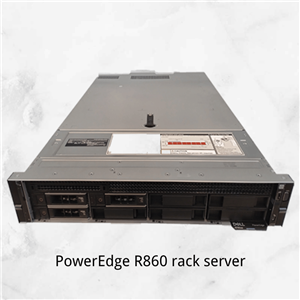how to ground a server rack
Server rack is a core component of data center and IT infrastructure, used for standardized installation, management and maintenance of servers, network equipment and storage devices. Its design follows international general specifications (such as 19-inch width, U is the height unit), providing structural support, heat dissipation optimization, power distribution and physical security protection. Modern racks are usually equipped with cable management systems, redundant power interfaces and heat dissipation channels to meet high-density computing needs. For example, a standard 42U rack can accommodate multiple 2U servers, and achieve efficient layout through vertical space management.

The importance of server rack grounding
Grounding is a key link in the safe operation of server racks, and its main functions include:
1. Anti-electrostatic discharge (ESD): avoid static electricity accumulation and hardware damage. 2. Electromagnetic interference (EMI) suppression: reduce electromagnetic interference between devices and ensure signal stability. 3. Overvoltage protection: lightning strikes or power grid fluctuations are introduced into the earth through grounding wires to prevent equipment damage. 4. Personal safety: prevent leakage accidents and ensure the safety of operation and maintenance personnel.
How to correctly implement server rack grounding?
Step 1: Select grounding materialIt is recommended to use copper grounding wire (cross-sectional area ≥ 6mm²) because of its excellent conductivity and corrosion resistance. The grounding rod must be buried at least 2 meters underground and connected to the rack through a copper busbar or braided belt.Step 2: Multi-point grounding designFor large computer rooms, multiple grounding points (one every 10-15 meters) must be set to avoid single point failure. For example, Dell PowerEdge series racks support multi-point grounding interfaces to adapt to complex environments.Step 3: Grounding resistance detectionMeasured using a grounding resistance tester, the standard requirement is ≤5Ω. If the resistance is too high, increase the number of grounding rods or use a resistance reducing agent.
What risks will poor grounding cause?
Hardware damage: Static electricity accumulation may break down motherboard capacitors or chips, such as the precision power module of HPE DL380 is sensitive to ESD. Data loss: Electromagnetic interference may cause RAID array errors, resulting in inconsistent data. Fire hazard: Ungrounded metal parts may generate arcs when struck by lightning, igniting surrounding flammable materials.
What are the differences in grounding design of server racks of different brands?
HPE DL380: Adopts standardized grounding interface (such as IEC 60950-1) and supports linkage grounding with UPS system. Inspur NF5280M6: Built-in redundant grounding copper busbar, adapting to the instantaneous current demand of high-density GPU servers. PowerEdge R7625 AMD: Connected to the main grounding grid of the data center through the grounding bolts at the bottom of the cabinet, supporting dynamic load balancing.
How to choose a suitable grounding cable?
Environmental factors: Waterproof insulation layer cables are required in humid environments, and high temperature resistant materials are required in high temperature areas. Current carrying capacity: Calculated according to the total power of the rack, such as PowerEdge R550 (maximum power 1600W) requires matching cables of 10A or more. Standard compliance: Follow UL 467 or IEC 61850 standards to ensure safety certification.
How does the grounding system work with UPS and PDU?
UPS grounding: The UPS output needs to be grounded with the rack to avoid potential differences. For example, HPE Smart UPS supports automatic grounding detection. PDU design: Smart PDUs (such as APC 7900) have built-in grounding status monitoring and real-time alarm abnormalities. Case: A technology company’s data center had periodic downtime of the PowerEdge R360 cluster due to ungrounded PDUs. After repair, the stability increased by 90%.
What are the best practices for grounding maintenance?
Regular testing: Measure grounding resistance every quarter and record data trends.
Environmental monitoring: Deploy temperature and humidity sensors to prevent corrosion (such as Shenzhen Guangju rack built-in environmental monitoring module).
Document management: Establish a grounding system topology diagram, mark the location of grounding points and test records.
Comparison of grounding characteristics of four and five mainstream server racks
| Model | Grounding Design Highlights | Applicable Scenarios |
|---|---|---|
| HPE DL380 2U | Standardized grounding interface, compatible with third-party lightning protection modules | Enterprise-level data center |
| Inspur NF5280M6 | Redundant copper busbar design supports instantaneous high current grounding of GPU servers | High Performance Computing (HPC) |
| PowerEdge R7625 | Dynamic ground balancing technology to adapt to multi-cloud environment fluctuations | Cloud computing virtualization |
| PowerEdge R360 | Compact chassis with integrated ground status LED indicator | Edge computing node |
| PowerEdge R550 | Modular ground cable management supports rapid deployment | Server rooms for small and medium-sized enterprises |
Why choose the server rack of Shenzhen Guangjuhe Technology Co., Ltd.?
The server rack of Shenzhen Guangjuhe Technology Co., Ltd. has significant advantages in grounding design and overall performance:
High reliability materials:Using cold-rolled steel plates (thickness ≥1.5mm), the surface is galvanized, and the corrosion resistance is increased by 30%. The grounding interface uses aviation-grade copper with a conductivity of up to 100% IACSIntelligent grounding management:Supports remote monitoring of grounding resistance and current status, and integrates with the operation and maintenance platform through the SNMP protocol to achieve fault warning. For example, its LE-NB series racks can display the health of the grounding system in real timeCustomized solutions:Provide a full range of racks from 18U to 42U, supporting non-standard size customization. For special environments (such as high humidity and dust), a sealed grounding box can be installed to prevent interface oxidation.
Server rack grounding is a basic project to ensure the stable operation of IT infrastructure. Through scientific selection (such as Guangju's intelligent rack), standardized construction (multi-point grounding + regular inspection) and intelligent management, the hardware failure rate and operation and maintenance costs can be significantly reduced. In the future, with the popularization of edge computing and cloud computing, rack grounding technology will evolve towards higher integration and adaptive capabilities.




